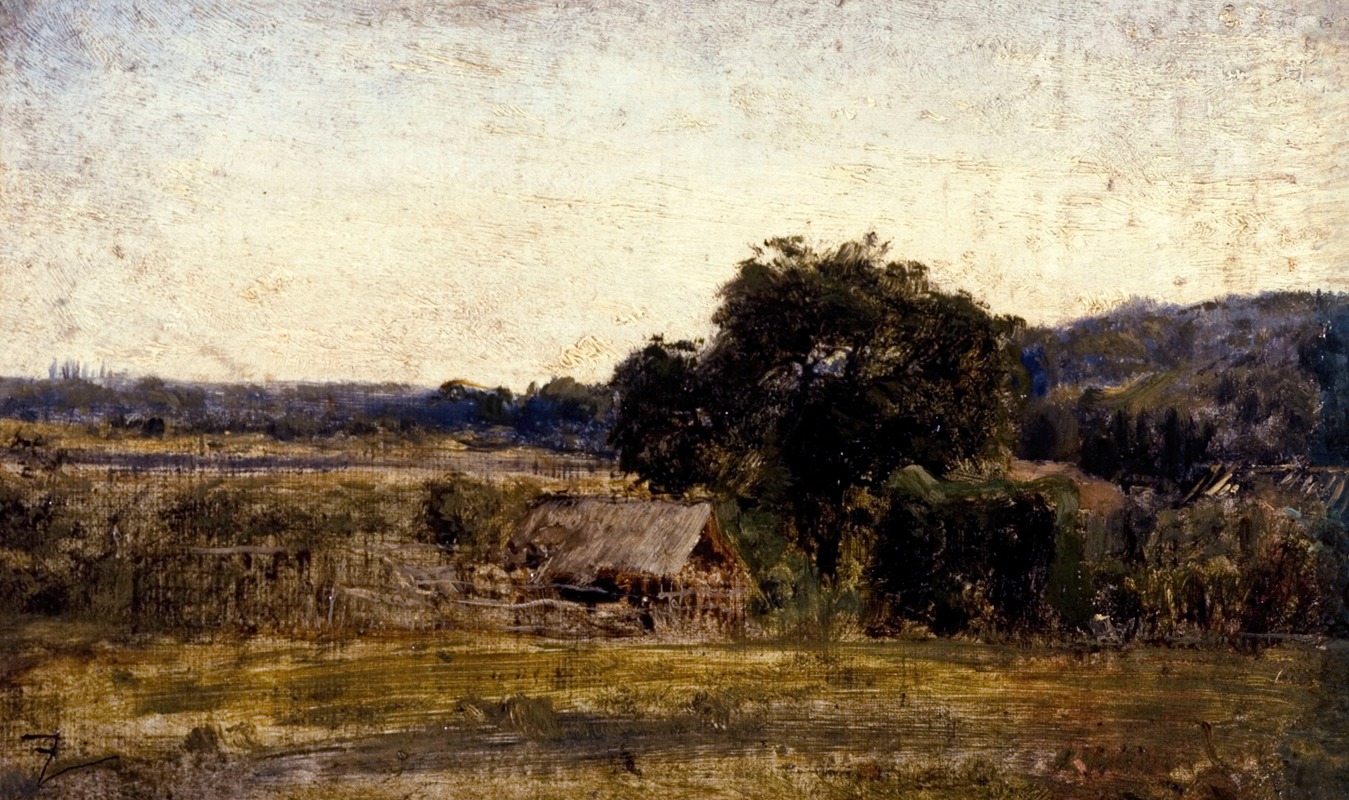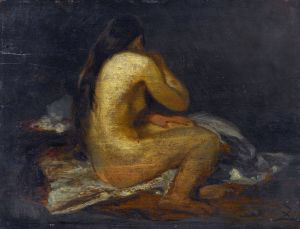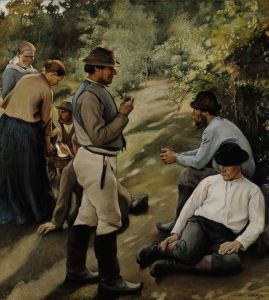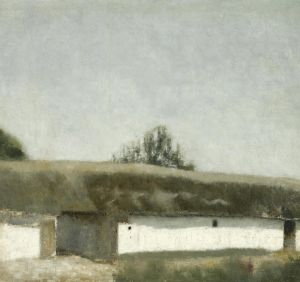
La chaumière
A hand-painted replica of Félix Ziem’s masterpiece La chaumière, meticulously crafted by professional artists to capture the true essence of the original. Each piece is created with museum-quality canvas and rare mineral pigments, carefully painted by experienced artists with delicate brushstrokes and rich, layered colors to perfectly recreate the texture of the original artwork. Unlike machine-printed reproductions, this hand-painted version brings the painting to life, infused with the artist’s emotions and skill in every stroke. Whether for personal collection or home decoration, it instantly elevates the artistic atmosphere of any space.
Félix Ziem (1821–1911) was a French painter associated with the Barbizon school and is best known for his landscapes and cityscapes, particularly those depicting Venice. Among his works is La Chaumière, which translates to "The Cottage" in English. This painting reflects Ziem's characteristic style, which often combines a romanticized view of nature with a focus on light and atmosphere.
La Chaumière is an example of Ziem's ability to capture rural scenes with a sense of tranquility and charm. The painting depicts a rustic cottage set within a natural landscape, surrounded by lush vegetation. Ziem's use of warm, earthy tones and soft brushstrokes creates a serene and idyllic atmosphere, characteristic of his work during this period. The composition emphasizes the harmony between human habitation and the natural environment, a theme commonly explored by artists of the Barbizon school.
Ziem's artistic training began in his hometown of Beaune, France, and he later studied architecture in Dijon. However, his passion for painting led him to pursue a career as an artist. He traveled extensively throughout Europe, including Italy, where he was deeply inspired by the landscapes and architecture. While Venice became a recurring subject in his oeuvre, his travels also influenced his depictions of rural France, as seen in works like La Chaumière.
The exact date of La Chaumière's creation is not definitively documented, but it is consistent with Ziem's broader body of work that often celebrated the simplicity and beauty of rural life. The painting reflects the influence of the Barbizon school, a movement that emerged in the mid-19th century and emphasized naturalistic depictions of the countryside. Ziem's approach, however, often incorporated a more luminous and atmospheric quality, setting his work apart from some of his contemporaries.
Félix Ziem achieved significant recognition during his lifetime. He exhibited regularly at the Paris Salon and was awarded numerous honors, including the prestigious Legion of Honor in 1857. His works were highly sought after by collectors, and he enjoyed financial success as an artist. Today, Ziem's paintings are held in major museums and private collections worldwide, including the Musée du Louvre in Paris and the Musée Ziem in Martigues, which is dedicated to his life and work.
While La Chaumière may not be as widely known as Ziem's Venetian scenes, it remains a testament to his skill in capturing the essence of a place and his ability to evoke emotion through his art. The painting exemplifies his dedication to portraying the beauty of the natural world and the quiet charm of rural life.


















